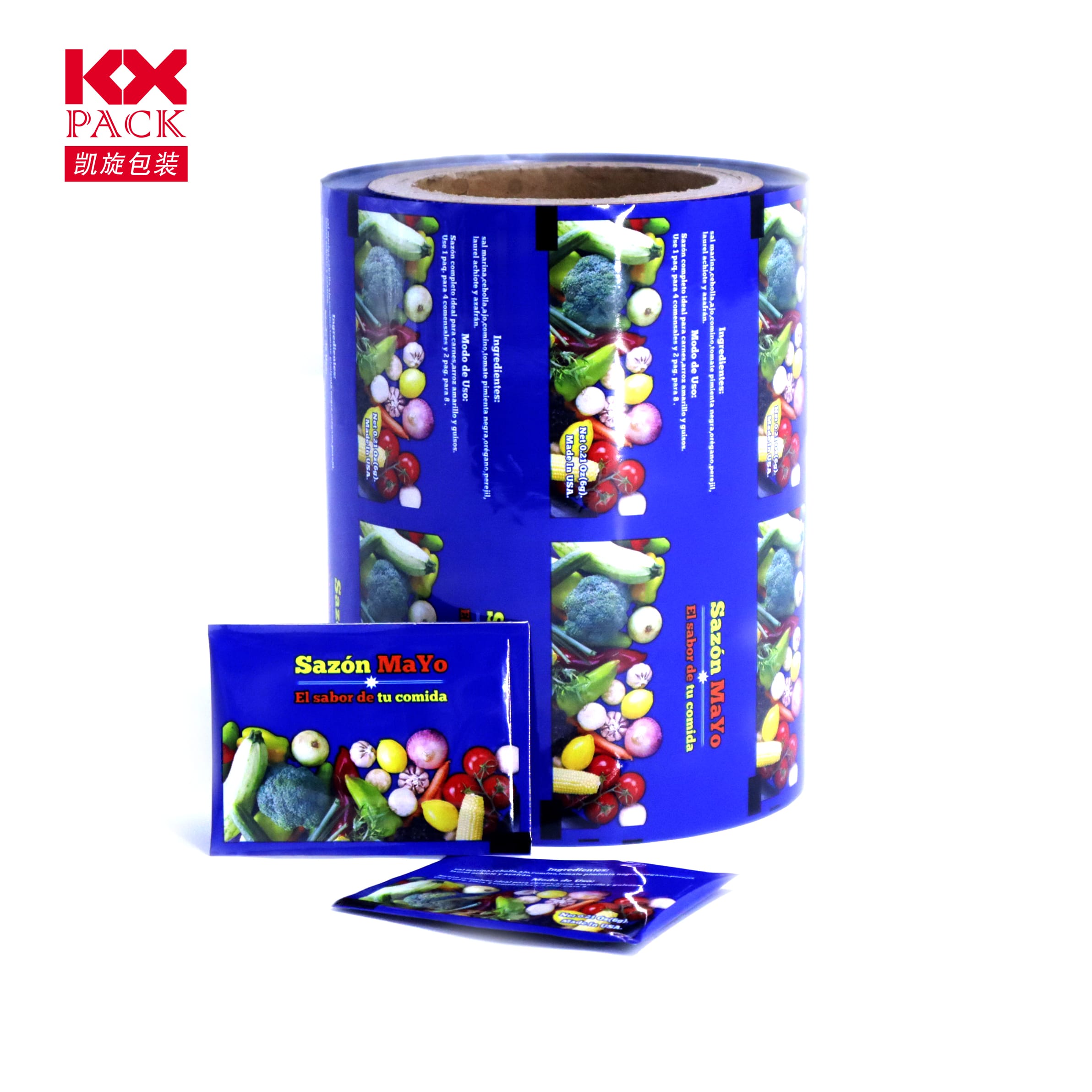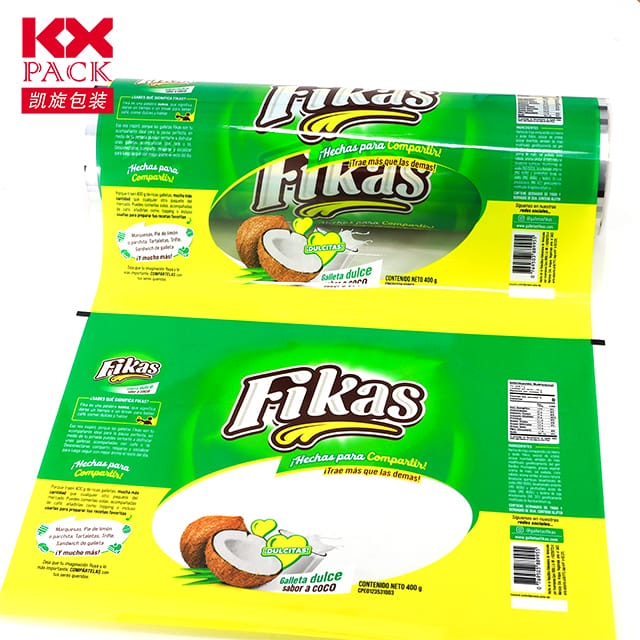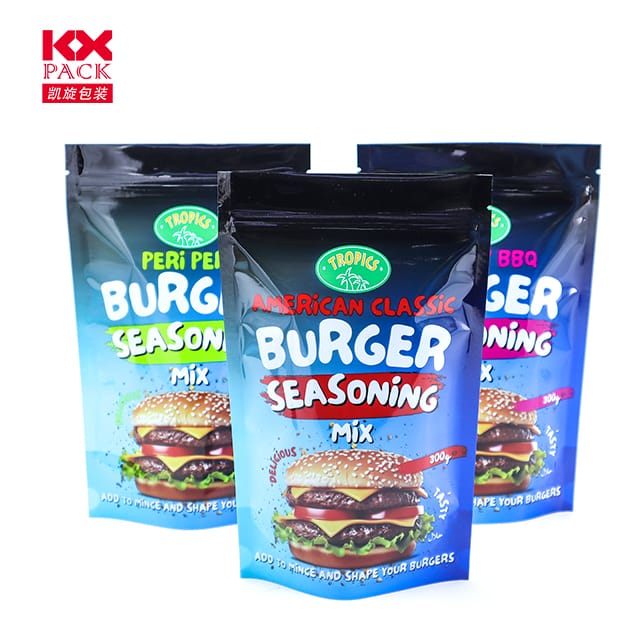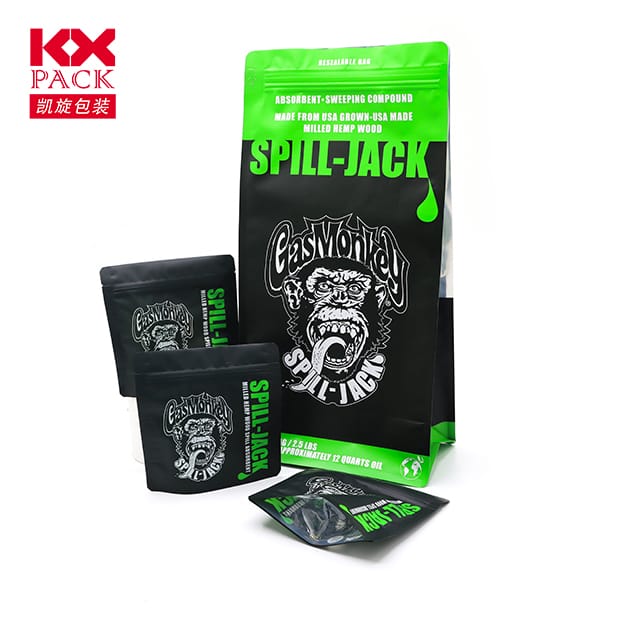Гибкая пластиковая пленка упаковка: Будущее умного, Устойчивый, и универсальная упаковка
Гибкая пластиковая пленка упаковка
In a world where convenience, устойчивость, и дифференциация бренда имеет первостепенное значение, flexible plastic film packaging has emerged as a revolutionary solution. От еды и фармацевтических препаратов до электроники и электронной коммерции, этот легкий, адаптируемый материал меняет, как защищены продукты, представлено, и потребляется. Let’s dive into why flexible plastic films are dominating the packaging industry—and how they’re evolving to meet tomorrow’s challenges.
Why Flexible Plastic Film Packaging? The Core Advantages
1. Unmatched Versatility
Flexible plastic films—such asБопп (Двухосно -ориентированный полипропилен), ДОМАШНИЙ ПИТОМЕЦ (Полиэтилентерефталат), and PE (Полиэтилен)—can be engineered to meet diverse needs:
- Barrier Protection: Multi-layer films block oxygen, влага, и ультрафиолетовый свет, продление срока годности до 50% for perishables like snacks and coffee.
- Formability: Thermoformable films mold precisely around products, reducing material waste compared to rigid packaging.
- Прозрачность & Возможность печати: Clear films showcase products, while high-definition printing options (НАПРИМЕР., Flexography, digital, or gravure) enable vibrant branding without labels.
2. Sustainability in Focus
Глобальный Гибкая пластиковая пленка упаковка рынок, ценится в $341.6 миллиард на 2028, is driven by eco-conscious innovations:
- Recyclable Films: Мономатериальные структуры (НАПРИМЕР., all-PE pouches) are easier to recycle than traditional multi-layer laminates.
- Биоразлагаемые параметры: Фильмы сняты из Плата (Полилактановая кислота) или Пхат (Полигидроксиалканоаты) decompose within 6–18 months under industrial composting.
- Легкий вес: Flexible films use 70% less plastic than rigid alternatives, cutting transportation emissions and material costs.
3. Экономическая эффективность & Scalability
- Production Speed: High-speed flexographic printing (вплоть до 1,500 feet per minute) makes flexible films ideal for mass-market brands.
- Reduced Storage Costs: Rolls of film occupy 80% less space than pre-formed containers, optimizing warehouse efficiency.
- On-Demand Customization: Digital printing enables small-batch runs with zero setup costs, perfect for niche products or seasonal campaigns.
Key Applications Across Industries
1. Еда & Напиток
- Стоячие сумки: Replacing cans and jars for soups, орехи, и корм для домашних животных, these pouches use 60% less material and feature resealable zippers.
- Модифицированная упаковка атмосферы (Карта): Films with oxygen scavengers preserve freshness for meats and produce.
- Retort Pouches: Sterilizable films withstand high temperatures, обеспечение безопасности готовых блюд.
2. Фармацевтические препараты & Здравоохранение
- Child-Resistant Pouches: Гибкая пластиковая пленка упаковка with tamper-evident seals meet safety regulations for medications.
- Cold-Form Blister Packs: Aluminum-laminated films protect light-sensitive drugs from degradation.
3. Электронная коммерция & Logistics
- Air Cushion Films: Inflatable plastic films replace Styrofoam peanuts, reducing shipping damage by 90%.
- Anti-Static Films: Safeguard electronics from electrostatic discharge during transit.
Technological Innovations Driving the Market
1. Интеграция умной упаковки
- NFC Tags & QR Codes: Embedded in films, these enable consumers to scan for product authenticity, recycling instructions, or promotional content.
- Временные температурные показатели (Папа): Color-changing labels on perishable goods alert retailers to spoilage risks.
2. Advanced Manufacturing Techniques
- Nano-Coatings: Ultra-thin layers enhance barrier properties without adding weight.
- Laser Scoring: Precision cuts allow easy opening while maintaining package integrity during shipping.
3. Решения круговой экономики
- Химическая переработка: Breaks down mixed plastics into reusable monomers, enabling infinite recycling loops.
- Upcycling Initiatives: Компании, как Dow и Амкор are converting post-consumer films into new Гибкая пластиковая пленка упаковка materials.
Проблемы & Future Trends
1. Recycling Infrastructure Gaps
Только14% гибкой упаковки перерабатывается во всем мире, largely due to contamination and lack of collection systems. Solutions include:
- Standardized Labeling: Clear recycling instructions to educate consumers.
- Deposit Return Schemes (DRS): Incentivizing returns of used films.
2. Regulatory Pressures
Governments are imposing stricter rules on single-use plastics. Например, аОдноразовая директива ЕС по пластмассу запретить не подлежащие переоборудованию фильмы 2030.
3. The Rise of Bio-Based Alternatives
By 2030,30% of flexible films are expected to be plant-derived, reducing reliance on fossil fuels.
Заключение: Flexibility Is the Future
Flexible plastic film packaging isn’t just a trend—it’s a strategic imperative for brands aiming to balance performance, устойчивость, и стоимость. As innovations likesmart sensors, compostable materials, and closed-loop recycling gain traction, the possibilities are endless.
For businesses: Embrace flexibility by partnering with suppliers who prioritize circular design and transparent sustainability reporting.
For consumers: Look for brands using recyclable or compostable films, and recycle properly to close the loop.
The packaging revolution is here—and it’s flexible. 🌱✨
What’s your favorite example of innovative flexible packaging? Поделитесь своими мыслями ниже!







